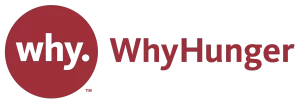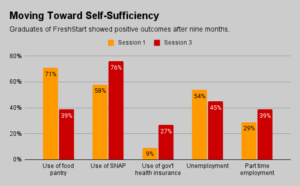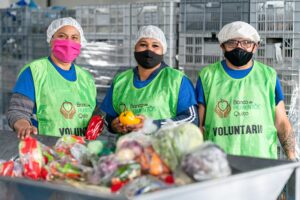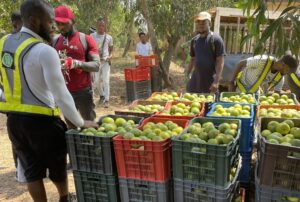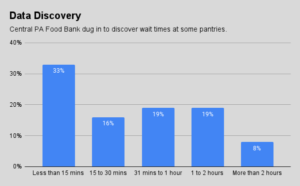Working with community partners like hospitals and government agencies has become increasingly standard for food banks as they seek to address the many causes of hunger. Now there’s a tool to help them turbo-charge those collaborative efforts.
The Urban Institute last month released an interactive map of the United States that illustrates not just the level of food insecurity in a county, but also contributing factors, like housing costs, income levels, health, and even median credit scores. The hope is that the tool will jumpstart interactions between organizations that traditionally have worked apart, but share common goals related to alleviating hunger and poverty.

“It’s increasingly clear that we won’t really move the needle on food insecurity without attacking all the intersecting challenges,” said Elaine Waxman, Senior Fellow at the Urban Institute.
Food banks are already pretty hip to the idea of working cooperatively, especially with healthcare providers, to address hunger. In just a few of many such examples, the Greater Boston Food Bank hosted its Hunger and Health Collaboratory this week to bring disparate community leaders together to address food insecurity. The San Francisco-Marin Food Bank has been working with the city’s Department of Public Health to place “food pharmacies” in area health clinics. And the Rhode Island Community Food Bank recently collaborated with a local health institute to release a statewide survey of food insecurity and health.
Such cooperative efforts need to extend further, Waxman contends. Credit health, for example, is a dimension of food insecurity that is not commonly acknowledged, but should be, since poor credit scores can eat into food budgets. Urban Institute’s dashboard adds that perspective to the conversation by including county-level credit indicators that are not publicly available. “Giving the community that information is a new resource,” she said.
With more detailed information, food banks and other organizations should be able to accelerate and expand the conversations they are already having about how to work together to address food insecurity. “People are really hungry for collaboration,” Waxman noted.
If you’ve learned something useful to your hunger relief work today, then please donate to Food Bank News. Your donation will be doubled between now and the end of the year!


